Advertisement
Pulsed electromagnetic fields braces and other modalities
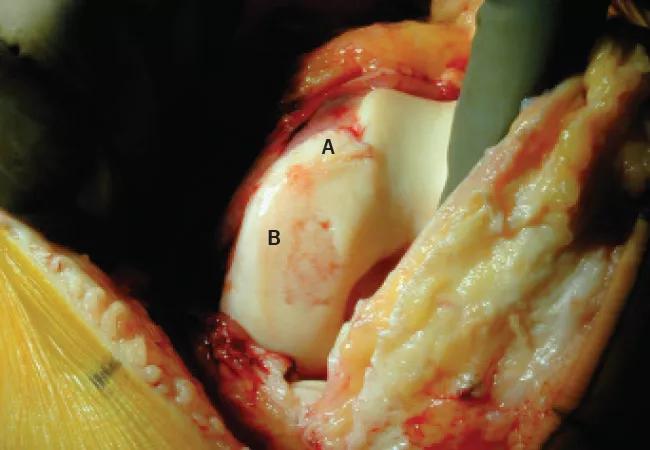
By Michael A. Mont, MD, Carlos Higuera Rueda, MD, and M. Elaine Husni, MD, MPH
Advertisement
Cleveland Clinic is a non-profit academic medical center. Advertising on our site helps support our mission. We do not endorse non-Cleveland Clinic products or services. Policy
Knee osteoarthritis (OA) is a progressive and debilitating condition, and is one of the leading causes of disability. Surgical intervention is a suitable option in end-stage osteoarthritis, with over 500,000 total knee arthroplasties performed in the United States per year. However, in cases of less severe disease, providers should use nonoperative methods like injections to reduce pain and provide temporary and sometimes lasting symptomatic relief. Another nonoperative option to consider is pulsed electromagnetic fields (PEMFs).
At Cleveland Clinic, we will be conducting the first prospective, double-blind, randomized, placebo-controlled, multicenter feasibility study to examine the safety and efficacy of PEMFs knee braces in the treatment of knee osteoarthritis. A total of 150 patients will be enrolled for a one year duration at three sites (Cleveland Clinic, Brown University School of Medicine, Sinai Hospital of Baltimore) beginning in October. Patients will be stratified at a ratio of 2-to-1 into active and placebo cohorts. Those in the active cohort will receive functional PEMFs knee braces, while the placebo cohort will receive nonfunctional PEMFs knee braces. We will compare patient-reported outcomes, soluble synovial and urine biomarker concentrations, and radiographic outcomes between active and placebo patients.
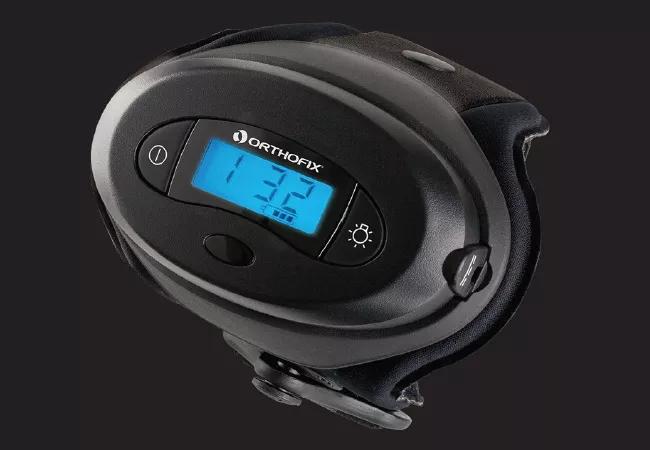
Orthofix Physio-Stim® 3315OA (Orthofix Holdings, Inc., Lewisville, TX). For investigational use only in knee osteoarthritis.
A crucial step in cell growth and regeneration is creating an adequate growth environment through introduction of necessary biochemical and biomechanical signals. Biochemical signals in cartilage regeneration have been studied extensively via growth factors and other signaling molecules. Biomechanical signals, on the other hand, have only been evaluated in relation to OA in animal studies.
One possible biomechanical intervention is the application of electromagnetic fields, which leads to a mechanical perturbation at the cellular level. PEMF technology is FDA-approved for the treatment of nonunion fractures and has been shown effective in enhancing chondrocyte proliferation, increasing extracellular matrix synthesis, and suppressing inflammatory cytokines in vitro, as well as reducing cartilage degradation in animal studies. Therefore, we are studying this approach for human knee osteoarthritis.
A recent study found that using exercises to strengthen the muscles around the knee joint can increase the function of the arthritic joint and provide pain relief. Knee braces have recently become a popular option, as in addition to their off-loading effect, a recent study has shown their ability to strengthen the knee. This prospective pilot study of 25 osteoarthritis patients who did or did not receive a pneumatic unloading knee brace found a statistically significant fewer number of surgical interventions in the brace group. In addition, the patients in the brace cohort had improvements in gait parameters and a 46 percent increase in quadriceps strength. We are beginning further studies of bracing for knee osteoarthritis to further define indications for usage.
Advertisement
We are also conducting other nonoperative treatment studies of knee osteoarthritis in collaboration with Gary Calabrese, Senior Director of Sports Health and Orthopaedic Rehabilitation. These include studying various pharmacological agents as well as other modalities (electrical stimulation, neuromuscular electrical stimulation and various knee injectables) to forestall or avoid the need for surgery in knee osteoarthritis. Our hope is to provide patients with a variety of options that increase functionality and decrease pain.
Dr. Higuera Rueda is staff in the Department of Orthopaedic Surgery. Dr. Husni directs both the Arthritis and Musculoskeletal Treatment Center and the Psoriatic Disease Biobank.
Disclosure: Drs. Mont and Higuera Rueda report that they are consultants for Orthofix Holdings, Inc.
Advertisement
Advertisement

More report a clinically meaningful change in function at 90 days compared to patients with lower BMI

Patient climbs Mount Kilimanjaro 8 months after surgery
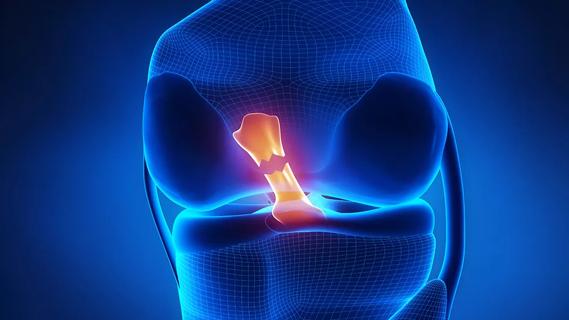
Study reports zero infections in nearly 300 patients
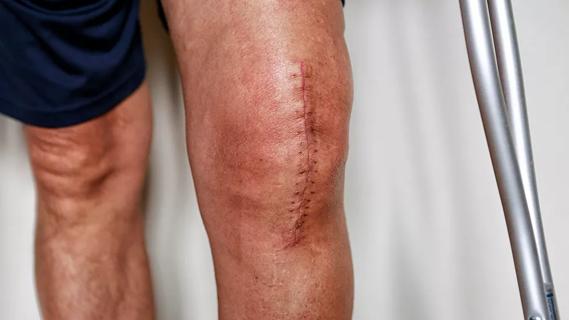
How to diagnose and treat crystalline arthropathy after knee replacement
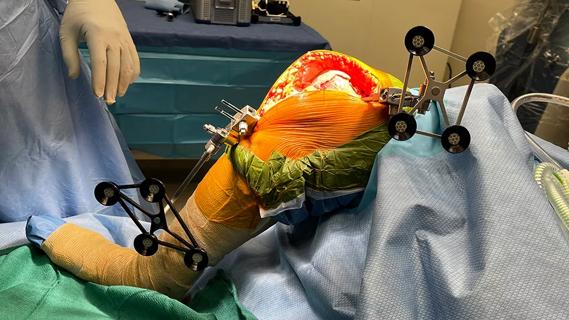
Study finds that fracture and infection are rare

Reduced narcotic use is the latest on the list of robotic surgery advantages

Cleveland Clinic orthopaedic surgeons share their best tips, most challenging cases and biggest misperceptions

How it actually compares to posterior and lateral approaches